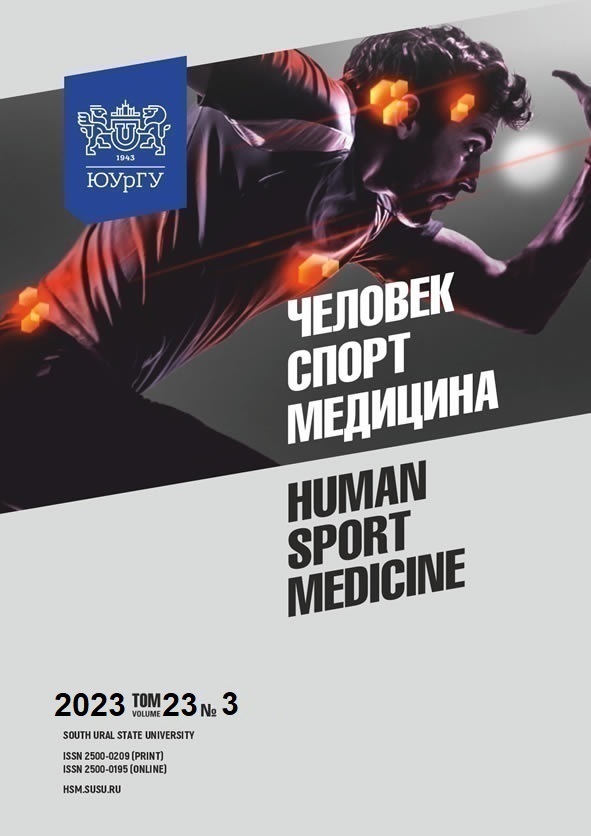STATISTICAL ANALYSIS OF THE DISTRIBUTION FUNCTIONS OF LOCOMOTOR CHARACTERISTICS IN CHILDREN AND ADOLESCENTS
Abstract
Aim. To evaluate and compare the distribution functions of kinetic and kinematic parameters of gait in the locomotor stereotypes of children and adolescents without movement disorders. Materials and methods. The locomotor profile was assessed by clinical gait analysis (CGA) in normal children aged 3–6 years (n = 17) and adolescents aged 9–15 years (n = 38) in the laboratory of biomechanics of the Ilizarov Center. The results were analyzed by automated calculations of kinematic and kinetic values using descriptive statistics. The assessment of normality was performed according to 12 univariate criteria. Results. In children aged 3–6 years, the parameters of kinematics, kinetics, and walking speed were subject to normal distribution. In a general heterogeneous sample of adolescents aged 9–15 years, the parameters of kinetics depended on walking speed, and the hypothesis of normality was rejected for 11 criteria. However, when adolescents were divided into separate homogeneous groups according to an arbitrary speed distribution of gait stereotypes (slow, natural, accelerated pace of walking), the hypothesis of normality in relation to all the studied parameters for most criteria (10–12) was not rejected. Conclusion. Arbitrarily initiated locomotor gait stereotypes are synergistically organized adaptive responses of the musculoskeletal system. Their parameters are subject to normal distribution and reflect the equilibrium dynamic state of a self-regulated system in the surrounding space.
References
References on translit
Copyright (c) 2023 Human. Sport. Medicine

This work is licensed under a Creative Commons Attribution-NonCommercial-NoDerivatives 4.0 International License.















